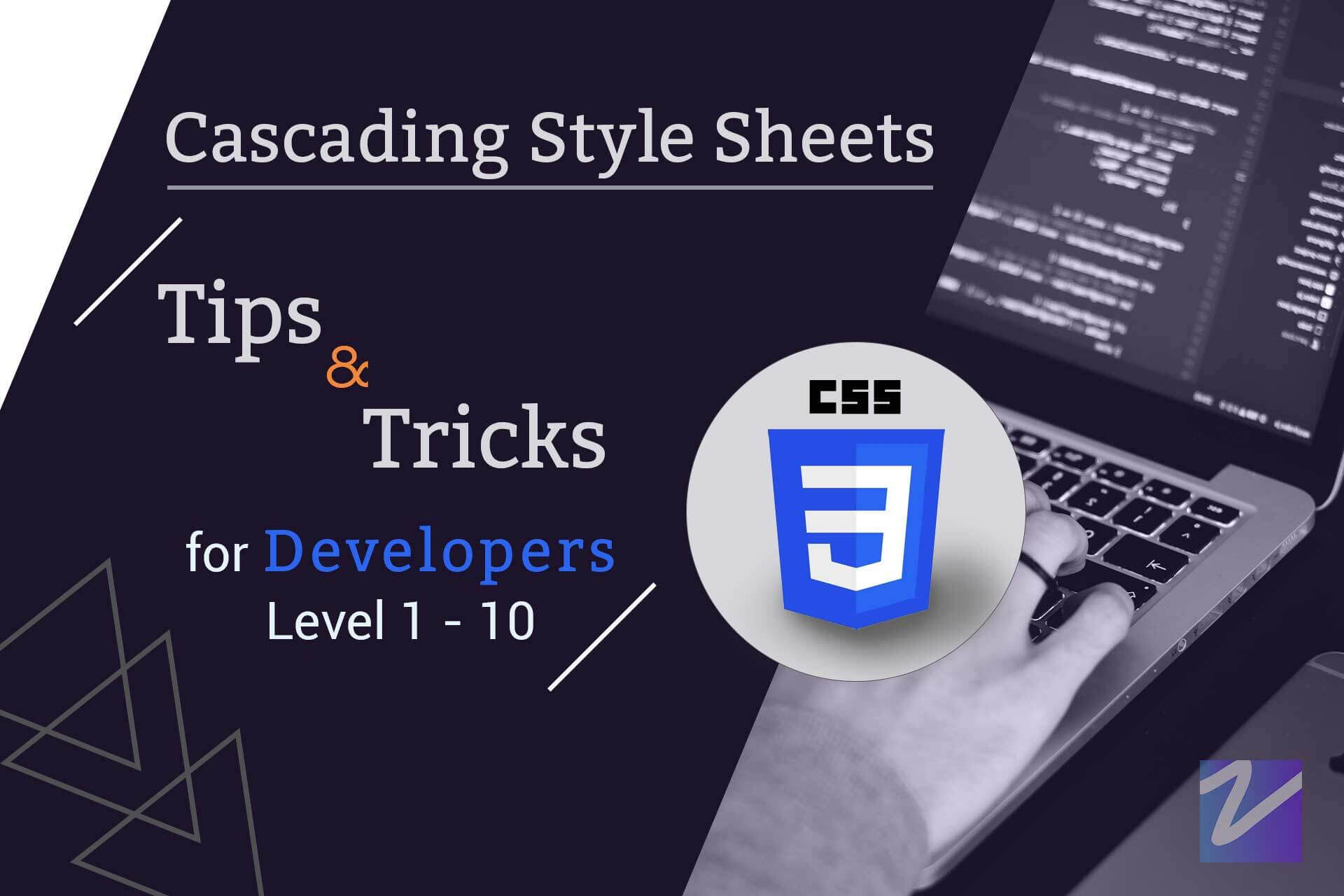Creating complex and responsive layouts is a crucial part of web design. Without the proper techniques, it can be a challenging and time-consuming task. Thankfully, there are advanced CSS layout techniques such as Flexbox and Grid that can help make this process more efficient.
In this blog post, we’ll take an in-depth look at Flexbox and Grid, and show you how to use these powerful tools to create complex layouts for your web projects.
What is Flexbox?
Flexbox is a one-dimensional layout system that can handle both horizontal and vertical layouts. It is designed to provide flexible and responsive layouts for different screen sizes and devices. Flexbox allows you to create a container with flexible items that can be arranged in any direction, either horizontally or vertically.
To use Flexbox, you need to define a container element and apply the “display: flex” property to it. This turns the container into a flex container, which will enable you to use Flexbox properties on the child elements inside the container. Here are some of the common properties used with Flexbox:
- justify-content: This property aligns the items along the main axis of the container.
- align-items: This property aligns the items along the cross axis of the container.
- flex-direction: This property defines the direction of the main axis.
- flex-wrap: This property allows items to wrap onto multiple lines if needed.
What is CSS Grid?
CSS Grid is a two-dimensional layout system that allows you to create complex and dynamic layouts. It provides you with a grid-based layout that can handle both rows and columns. CSS Grid is ideal for creating multi-column layouts and is particularly useful for creating responsive designs that work well on different screen sizes.
To use CSS Grid, you need to define a container element and apply the “display: grid” property to it. This turns the container into a grid container, and you can then use CSS Grid properties on the child elements inside the container. Here are some of the common properties used with CSS Grid:
- grid-template-columns: This property defines the number and width of the columns in the grid.
- grid-template-rows: This property defines the number and height of the rows in the grid.
- grid-gap: This property sets the gap between the rows and columns in the grid.
- grid-auto-flow: This property defines the order in which the items flow into the grid.
Using Flexbox and CSS Grid Together
Both Flexbox and CSS Grid are powerful layout tools on their own, but they can be even more effective when used together. By combining these two techniques, you can create complex and dynamic layouts that are both flexible and responsive.
One way to combine Flexbox and CSS Grid is to use Flexbox to handle the content inside the grid. For example, you can use Flexbox to align items vertically within a grid column or horizontally within a grid row.
Another way to combine Flexbox and CSS Grid is to use Flexbox to create flexible and responsive elements inside a CSS Grid. This can be particularly useful when you need to create a layout that adapts to different screen sizes and devices.
Conclusion
Flexbox and CSS Grid are powerful layout techniques that can help you create complex and responsive layouts for your web projects. By understanding how to use these techniques together, you can create layouts that are both flexible and dynamic. Experiment with different layouts and see how you can leverage these techniques to create stunning web designs that are optimized for different devices and screen sizes.




Leave A Comment